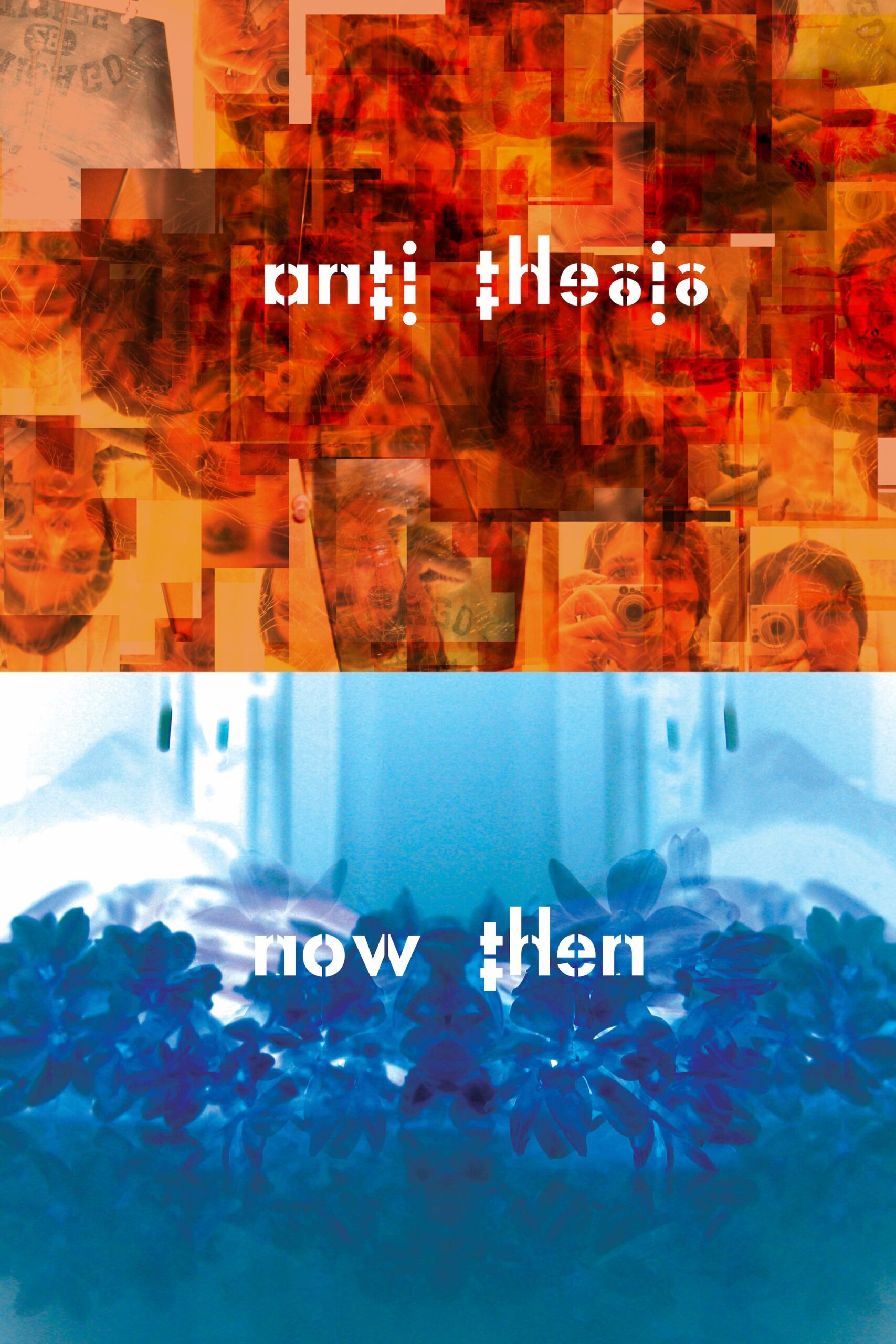Then along came a black cat who was very affectionate. As I looked at him in the changing light, the color of his fur flickered between pure black and a deep metallic green (almost like dirty black oil with a greenish tinge). I said to them all, it’s amazing, this cat has green fur! Everyone argued that I was just seeing him in the light and that reflections on his sleek fur made him look greenish. Everyone except Aunt Anne…
Excerpt
The Elements of Mirrorology
Mirrors are central to human self-consciousness for two primary reasons: utility and fidelity. Humans use them for practical tasks because they provide a glimpse of what would otherwise remain outside of the field of vision. The most common objective, obtaining a vantage point on oneself, is achieved by approaching the mirror directly, but an oblique line of sight opens vistas onto other objects and beings, as with periscopes and security domes. In all of these cases the viewer relies on the reflecting surface to return an accurate representation. The physical principle “the angle of incidence equals the angle of reflectance” ensures that the image will be true to reality, but also results in the reversal of the entire impression. Add to this reversal a host of potential modifications to the reflective surface—from misting to shattering—and it is clear that the mirror’s trustworthiness is subject to compromise.
Axis sixA: The Book of Mirrorology, p. 31

Details
Work: Axis sixA: The Book of Mirrorology
Date: Spring 2005
Words, art, and design: Elena Grossman
Project: MFA thesis
